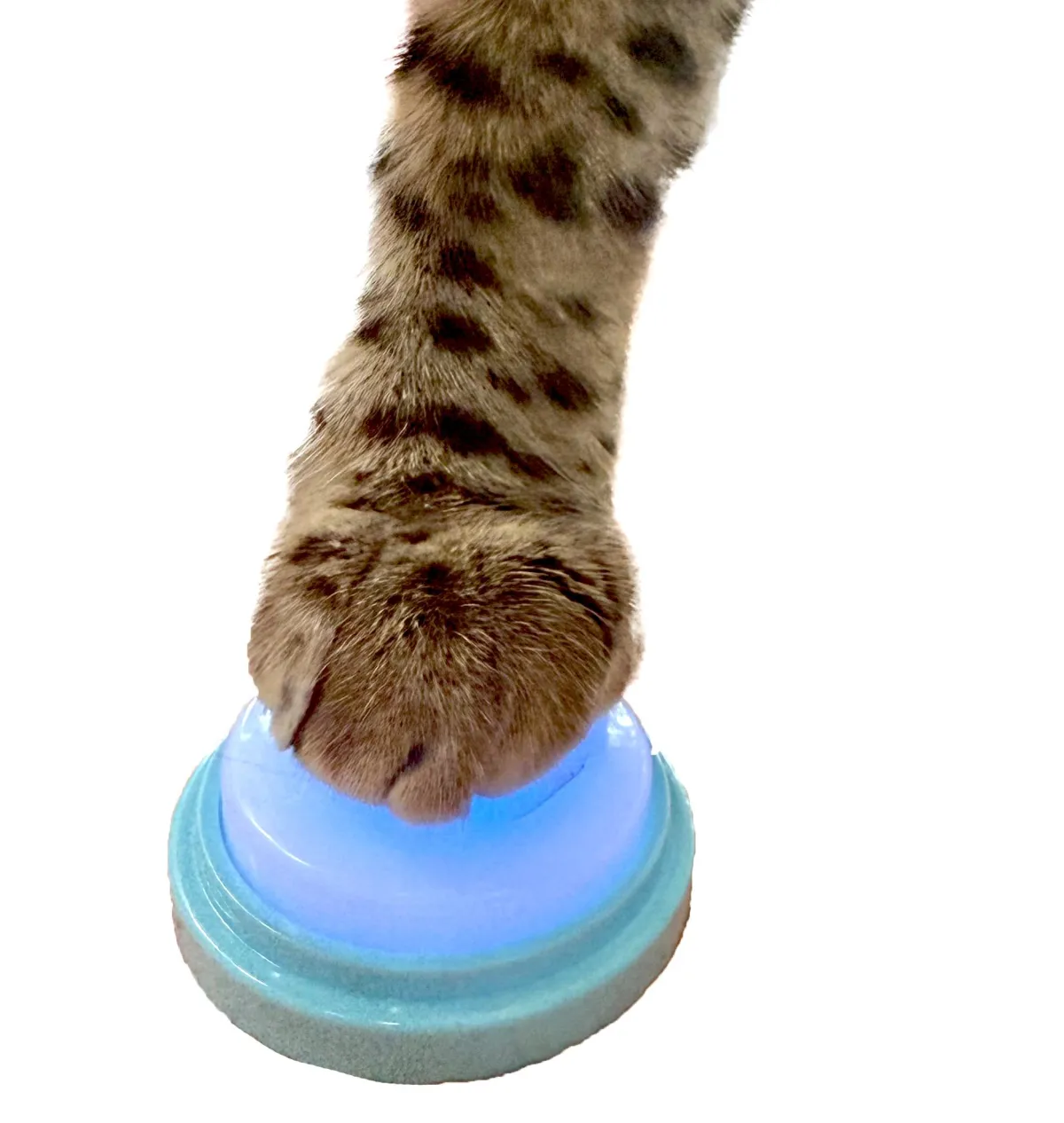
How long did it take for Flounder to become a Talking Cat?
How Long Did It Take Flounder to become a talking cat?
If you’ve ever seen Flounder the Talking Cat paddle boarding, painting, or performing ballet on social media, you already know she’s not your average feline. But what truly sets her apart is her ability to talk—using an Augmentative Interspecies Communication (AIC) device made up of buttons programmed with human words.
One of the most frequently asked questions about Flounder is: How long did it take for her to learn how to talk with buttons?
The short answer is—she’s still learning. And always will be.
The Ongoing Journey of Language Learning and Talking
Just like humans, Flounder’s language acquisition is an ongoing process. She continues to learn new words regularly. In fact, a new button was just introduced to her this week! Learning to communicate through buttons isn’t a one-time milestone—it’s a journey that evolves with each new word and concept.
Starting Small: "Play" and "Outside"
Flounder’s training began with something called “paw targeting”—teaching her to touch specific objects with her paw. After about two weeks of consistent and dedicated work with this foundational skill, she started pressing buttons independently.
The first two words introduced were “play” and “outside.” These were chosen not only for their simplicity, but also because they are tied to highly motivating experiences. The “play” button was placed next to her toy drawer, and the “outside” button near the door—creating a direct physical and contextual link between the word, the location, and the action.

The Magic of Modeling for a Talking Cat
A key part of teaching Flounder the meaning of each button is a technique called modeling. This involves pressing the button, saying the word out loud, and then immediately performing the associated action. For instance, pressing “outside,” saying “outside,” and then taking her outside helps her connect the dots between the sound, the symbol, and the experience.
It’s important to distinguish between two separate learning processes here:
Understanding the word’s meaning, and
Remembering where the button is and how to press it.
Both are necessary, but they don’t always develop at the same pace.
Simple First, Complex Later
Some concepts are naturally easier to teach than others. Flounder learned “outside” quickly because the concept is clear and tangible. Words like “different,” “pretend,” or even emotions like “angry” or “happy” are much more abstract. These take longer to teach—not because the cat isn’t smart, but because the ideas behind these words require a deeper understanding of communication and context.
That’s why it’s crucial not to overload a beginner with abstract concepts. When animals are just starting to learn that the buttons represent a form of communication, sticking with simple, everyday experiences lays the strongest foundation.
So... How Long Does It Take?
It depends. Flounder started pressing her first buttons two weeks after beginning paw targeting. But understanding what those buttons mean—and using them meaningfully—is a lifelong process. Just like human toddlers don’t master language overnight, animals learning AIC need time, consistency, and patience.
Flounder’s story isn’t just about “talking”—it’s about building trust, nurturing curiosity, and celebrating every small step toward understanding. Each button she learns is a new window into how she thinks, what she wants, and who she is.
And if you ask us? That’s pretty remarkable.

